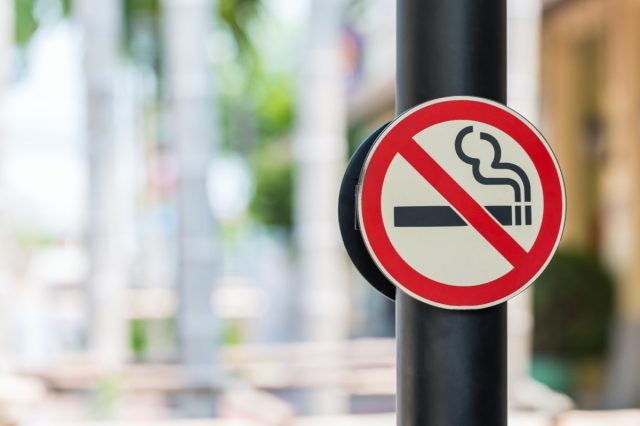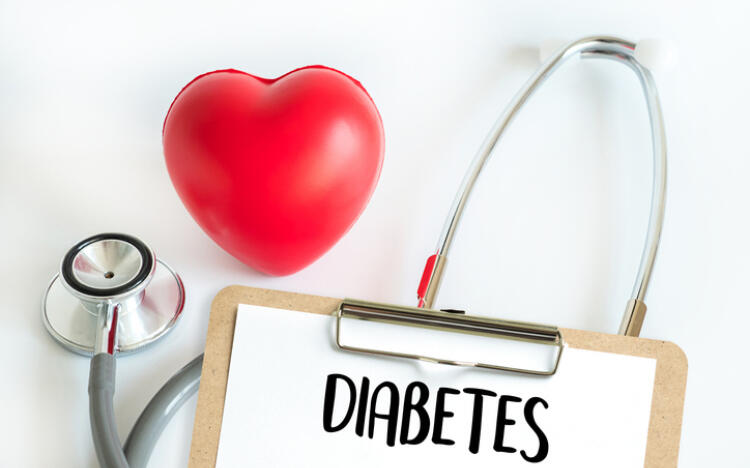Find out ‘What Are The 5 Ways To Spot Cancer Early And Improve Chances Of Survival?’ Cancer is a hereditary condition in which the body’s cells grow out of control and spread to other areas. However, early discovery makes the condition easier to treat and significantly improves results. According to the National Cancer Institute, about 2 million Americans received a cancer diagnosis in 2021.
However, many tumors can be effectively detected early and treated.
According to the American Cancer Society, breast cancer has a 99 percent survival probability when found early, but that rate reduces to 28 percent if the disease is found in a more advanced stage.

Similar to lung cancer, colorectal cancer has a 91 percent survival rate in its early stages compared to just 14 percent in its later stages. Here’s how to detect cancer at an early stage.
Get Screened

Consult your doctor about the regular cancer screenings and tests you should be thinking about based on your age, sex, ethnicity, family history, way of life, and general health.
According to Summa Health, regular cancer screenings enhance the likelihood of finding some malignancies early.
Such examinations can aid in the early detection of cancer.
Additionally, genetic tests are available for cancers that you might have inherited from your family. These tests identify faulty genes and assess your lifetime risk of acquiring cancer. The National Cancer Institute estimates that 5 to 10% of all malignancies are brought on by abnormal genes.
For cancers of the breast, ovary, colon, prostate, and pancreas, genetic tests are available. If three or more of your kin have received a cancer diagnosis, you might want to consider getting a genetic test.
Test For Specific Cancers

Depending on your age, sex, and race, the American Cancer Society advises screening tests for breast, cervical, colorectal, prostate, and lung cancers.
Breast cancer: Women between the ages of 40 and 44 should think about beginning an annual mammography screening program. Mammograms should be performed annually on women 45 to 54. For women above the age of 55, mammograms every two years are an option. The ACS advises women to continue screening for as long as they are in good health and have at least 10 more years of life expectancy.
Colorectal cancer: The American Cancer Society advises beginning routine screening at age 45 if you have an average risk of developing colorectal cancer. Consult your doctor about the many test kinds you should take into consideration. Regular screening should continue to age 75 if you are in good health.
Know Your Family History

According to Summa Health, knowing your family’s medical history may help you determine your risk of getting a certain type of cancer.
You run a higher risk of getting breast cancer if you have a close relative who has the condition. You should consult your doctor if you have a history of the disease in multiple close family members or if someone in your family developed it earlier than typical.
Inquire about any potential increased risk you may have and whether screenings or particular testing should start sooner than normal.
Reduce Your Risk

While you wait for the results of your testing, you can lower your risk of developing cancer by making lifestyle changes.
Health experts advise preserving a healthy weight, engaging in physical activity, eating a diet high in fruits and vegetables, limiting alcohol use, avoiding exposure to direct sunlight or using sunscreen when you can’t, and visiting the doctor frequently.
Quit Smoking

Quitting smoking or avoiding it completely may be the most important change in lifestyle you can make.
According to the National Cancer Institute, smoking is responsible for around 30% of all cancer deaths in the US. The likelihood of developing cancer and dying from it is reduced by not smoking or giving up smoking.
According to the institution, smoking is the primary cause of acute myelogenous leukemia, bladder cancer, cervical cancer, esophageal cancer, kidney cancer, lung cancer, pancreatic cancer, and stomach cancer.









